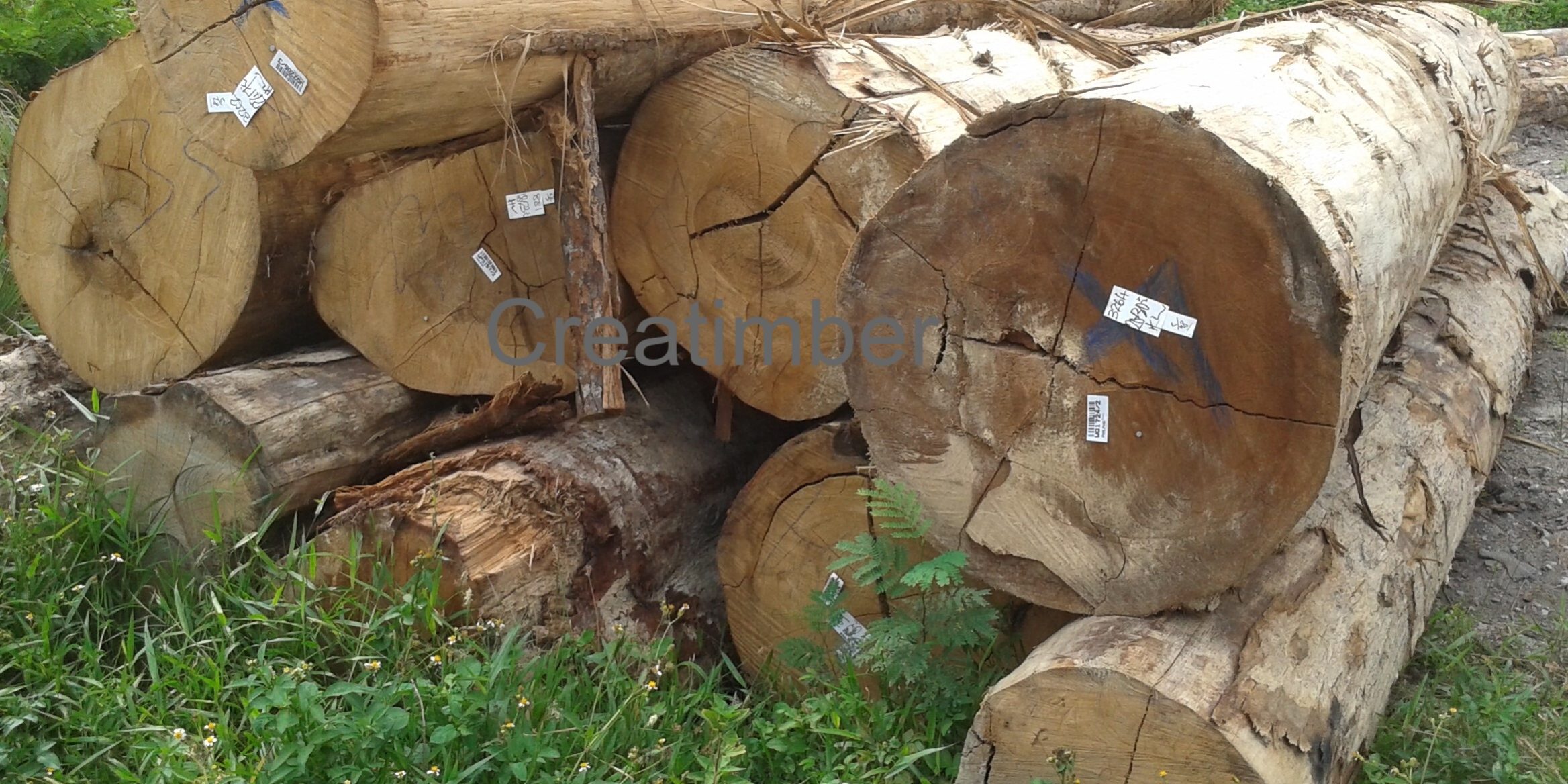Sustainable Wood Utilization: Ensuring a Greener Future
As environmental concerns continue to take center stage globally, the concept of sustainable development is becoming increasingly vital across industries. Wood, a renewable and natural resource, is essential in construction, furniture, paper production, and beyond. However, irresponsible logging and improper use of wood not only cause irreparable damage to forest ecosystems but also threaten biodiversity and disrupt the ecological balance. Therefore, the sustainable utilization of wood is an urgent concern that must be addressed.
The Importance of Sustainable Wood Utilization
Sustainable wood utilization is more than just the responsible management of natural resources—it is a responsibility to future generations. Forests, the primary source of wood, are crucial carbon sinks, absorbing CO2 and mitigating the effects of climate change. Additionally, forests provide habitats for countless species, making their preservation essential for maintaining biodiversity.
The benefits of sustainable wood utilization are manifold. First, it significantly reduces the risk of soil erosion and desertification caused by overlogging. Second, well-managed forests ensure a continuous and stable supply of raw materials for industries, which supports long-term economic growth. Furthermore, as consumer demand for sustainable wood products increases, businesses have new market opportunities, contributing to both environmental sustainability and economic development.
How to Achieve Sustainable Wood Utilization in Malaysia
Achieving sustainable wood utilization requires collaborative efforts from governments, businesses, and consumers. Governments should implement robust forest management policies, enforce legal logging practices, and support reforestation and forest restoration initiatives. Global cooperation, such as the adoption of forest certification programs like FSC (Forest Stewardship Council) certification, ensures that wood products come from responsibly managed forests.
Businesses also play a pivotal role in this mission. Creatimber Global Sdn Bhd, a leading Malaysian wood supplier, is a prime example of how companies can drive sustainable wood utilization. By integrating cutting-edge technologies and implementing strict supply chain management, Creatimber ensures minimal resource waste and promotes eco-friendly wood products. The company actively supports sustainable forestry practices and promotes certified wood products, setting an industry standard for sustainability.
Consumers can contribute by choosing sustainably sourced wood products, helping reduce the demand for unsustainable logging. Additionally, extending the life cycle of wood products and encouraging recycling are vital steps in reducing the pressure on forest resources.
Technological Innovations Driving Sustainable Wood Utilization
Recent technological advancements have opened new avenues for sustainable wood utilization. Innovations such as artificial intelligence (AI) and the Internet of Things (IoT) are enabling more efficient forest monitoring, providing real-time insights into forest health and helping optimize logging practices. Furthermore, bioengineering technologies are developing more durable and environmentally friendly alternatives to traditional wood, offering additional solutions for the industry.
Creatimber Global Sdn Bhd has been at the forefront of these innovations, developing new composite wood materials that retain the aesthetic and practical qualities of traditional wood while significantly reducing carbon emissions during production. The company also utilizes a smart supply chain system with digital management tools, ensuring traceability at every stage, from raw material procurement to product delivery, which guarantees the sustainability of their wood products.
Conclusion
The sustainable utilization of wood is a crucial issue that intertwines environmental preservation, economic development, and social well-being. Thanks to companies like Creatimber Global Sdn Bhd, Malaysia is making great strides toward achieving sustainability in the wood industry. Through technological innovation, government policies, and heightened consumer awareness, the future of wood utilization can be both environmentally friendly and economically viable. By focusing on sustainability, we can ensure that our forests remain healthy and vibrant, providing resources for generations to come, while fostering a harmonious balance between humanity and nature.





